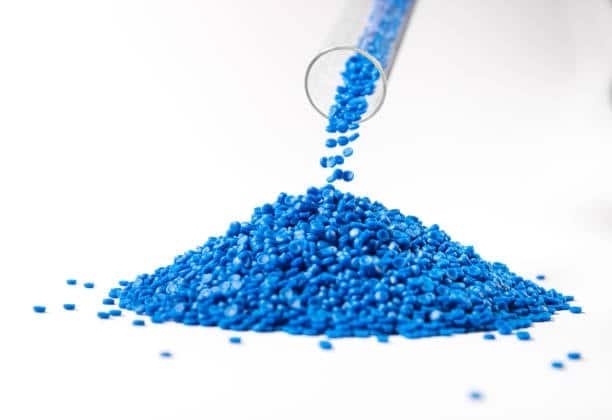TPEs, recognized as thermoplastic elastomers, stand as an extraordinary thermoplastic elastomer material family which combines the top characteristics of plastic elements with rubber elastic properties, without the inclusion of harmful chemicals .
The distinctive structure of TPE makes them extend similar to rubber yet enables plastic-like processing thus leading to their widespread use in many industrial products, including consumer goods . The polymers find widespread other materials acceptance because of their elastic bending and resistant properties along with their touch-friendly character.
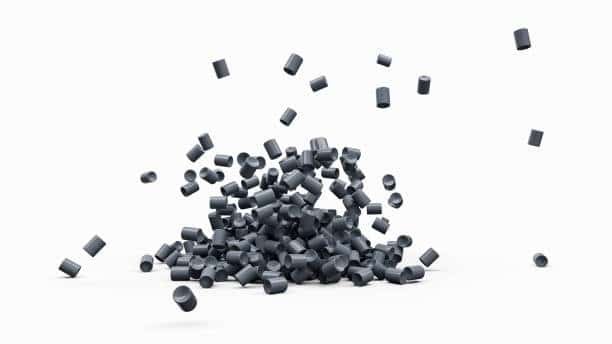
TPE safety concerns become relevant since these polymers exist throughout our daily lives in both family products, consumer goods, and medical instruments.
This extensive document examines TPE safety characteristics along with structural properties and environmental consequences, highlighting the importance of adhering to various regulations. and daily uses in order to let consumers alongside professionals reach well-informed conclusions about this adaptable material, emphasizing patient and consumer safety along with human health considerations, free from harmful substances .
Additionally, it’s important to know the additives and contaminants inside TPE formulations, as some of them aren’t created equal. However, some variants may include plasticizers, stabilizers, or colorants that may leach under some conditions — when heated, when exposed to moisture, or when touching the skin directly.
This is the reason why medical grade and food safe TPEs are tested by FDA and ISO standards to meet high health and safety standard. Therefore, it is critical for both the manufacturers and consumers to check material specifications and certifications, particularly when TPEs are used in sensitive applications, as they are non toxic in nature.
Regulatory Compliance and Industry Standards
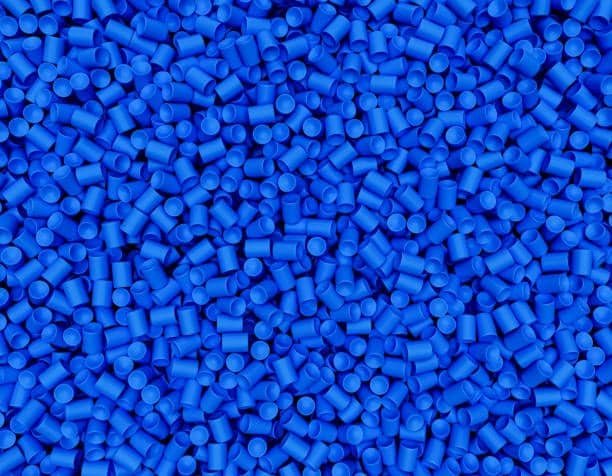
Multiple governmental organizations across the globe maintain binding requirements to secure product safety alongside public welfare within consumer and industrial applications that use TPEs.
The Food and Drug Administration within the United States conducts research-based assessments on TPEs for food contact materials and medical devices while the Consumer Product Safety Commission supervises their safety in toys along with homegoods.
European TPE manufacturers need to fulfill safety assessment and reporting requirements through the REACH regulation’s (Registration, Evaluation, Authorization and Restriction of Chemicals) standards.
Manufacturers need to prove their products stay free of prohibited substances phthalates, heavy metals and additional toxic compounds that endanger human health.
Most industries use both official regulations alongside voluntary certification protocols alongside internal quality processes to boost safety measures.
The medical device materials testing specified in the ISO 10993 series verifies that TPE components remain safe for human tissue exposure, unlike other materials, by limiting irritation and toxicity and allergic potential.
UL (Underwriters Laboratories) in collaboration with NSF International offers certification programs which check safety alongside performance and environmental effect.
The certifications guide experts as well as consumers to identify tried-and-tested safe TPE materials with good clarity properties while separating them from inferior TPE versions linked to potential future health hazards.
Sustainable and health-conscious material demands require ongoing education about TPE safety for the maintenance of responsible product development and consumer choices.
The Fundamentals of TPE: What Is Thermoplastic Elastomer ?

TPE serves as a synthetic material intended to mimic rubber elasticity yet maintains processing properties which belong to the world of plastics through injection molding and extrusion processes.
The double nature of this material makes it experienced preferred material for manufacturing operations that emphasize flexible operations alongside reduced other materials costs and high efficiency levels.
The elastic materials known as TPE exists as multiple compositions within this classification of compounds. The market requirements drive multiple TPE formulations which target particular industrial needs. Under the TPE classification exists these three fundamental types of materials:
- Styrenic Block Copolymers (SBCs) – serve the toy and personal care product industries as their main application field.
- Thermoplastic Polyolefins (TPOs) – Common in automotive applications.
- Thermoplastic Vulcanizates (TPVs) – Known for enhanced elasticity, ideal for seals and gaskets.
- Thermoplastic Polyurethanes (TPUs) – Used for cases, footwear, and industrial tubing.
The various compositions in TPE family all contain essential properties including elastic stretch, chemical solvent immunity, non toxic nature, and temperature resistance with pleasant flexural touch sensation, making it naturally latex free, a contrast to natural rubber latex.
Is TPE Safe? A Closer Look at its Composition and Health Impact
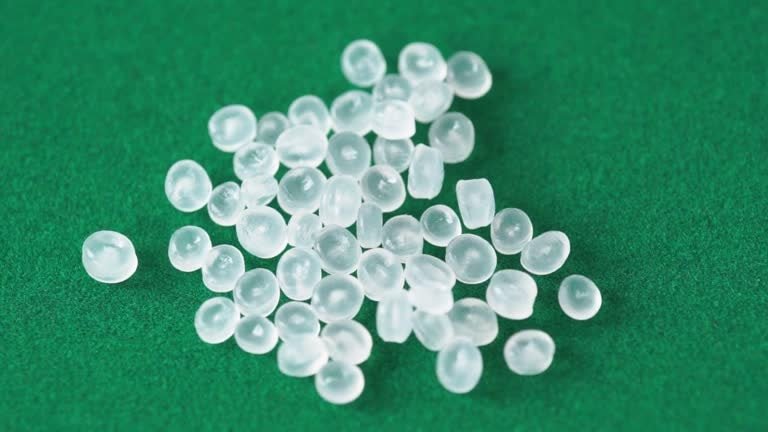
TPE has become exceptionally popular because of its performance capabilities together with an outstanding safety other materials record. TPE stands out as a top material selection due to its total lack of health-damaging substances.
1. Non-toxic Nature Formulation
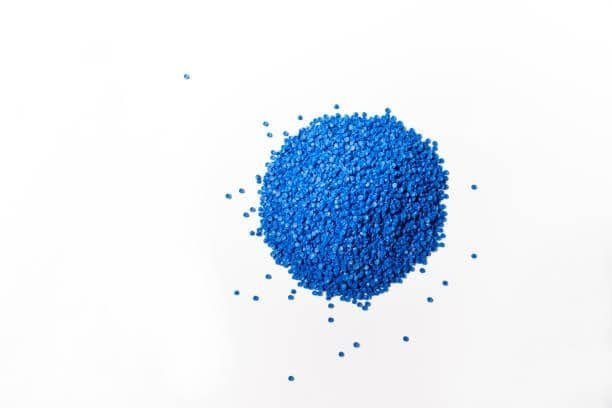
The composition of TPE contains no detrimental chemicals which are typically detected in other artificial products. Flexible materials made from TPE do not need to include plasticizers such as phthalates that cause hormonal disruption since TPE achieves flexibility naturally. Most high-quality TPE formulations are:
- Phthalate-free
- Latex-free
- BPA-free
TPE fulfills all requirements for direct contact skin or mouth-contact products like tpe tubing. because of its favorable chemical characteristics, making it suitable for healthcare products like medical tubing, baby care applications, and the food industry.
2. Hypoallergenic Properties

TPE exhibits two attractive characteristics including its hypoallergenic properties. The absence of latex proteins combined with other sensitizing agents in TPE material makes this naturally latex free material, unlike natural rubber latex, is highly unlikely to trigger allergic reactions and release harmful substances like harmful fumes, hence it becomes suitable for sensitive users.
The outstanding compatibility of TPE material makes it suitable for applications that need sustained skin contact. Personal fitness accessories, such as tpe yoga mats, along with orthopedic braces desired shape, high density polyethylene, and infant care equipment.
Gain substantial value from TPE’s non-harmful structure to deliver tpe safe experiences for users at all ages, including in food production.
The tactile reinforcing agents advantage of TPE includes both functional and comforting properties due to its soft-touch feel which improves user experience.
The increasing market need for performance-oriented yet health-conscious materials results in TPE becoming an outstanding multifunctional solution for medical personal products.
3. Compliance with Global Safety Standards Thermal Properties
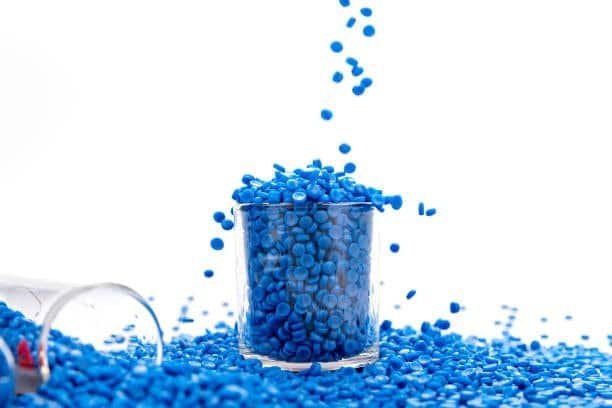
Regulated industries should use TPE materials that fulfill the mandatory safety standards from around the world.
Examples include medical tubing, recyclable plastics, and other critical applications that require direct contact . that require strict cleaning regiments :
- FDA compliance for food-contact and medical-grade applications
- RoHS (Restriction of Hazardous Substances) certification for electronics
- EN71-3 standards for children’s toys in Europe
The certifications verify that TPE products remain within defined boundaries of heavy metals, cure systems, in addition to toxic materials and dangerous substances.
How Is TPE Made? The Manufacturing Process Behind the Material
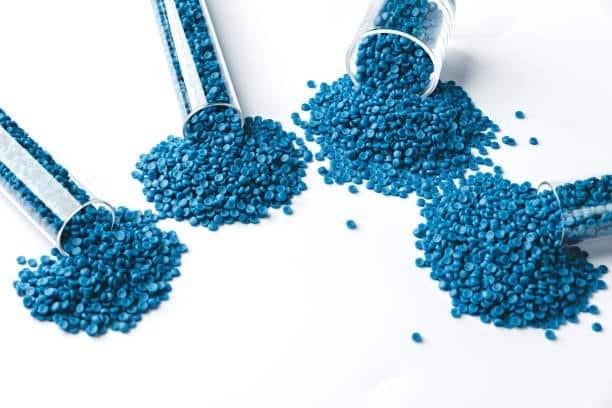
Industrial processes used to make thermoplastic elastomers remain complex yet effective. The manufacturing methods include thermoplastic and elastomeric properties extrusion and injection molding according to the supposed end destination of the product.
TPE pellets experience heating until their transition into liquid state before injection into a mold during the injection molding process.
After heating until liquefied the material goes into the mold to form its rubber products final shape while cooling down.
The extrusion method serves as the best choice for producing accurate flame retardant parts alongside complex geometries together with large-volume manufacturing.
The extrusion procedure proves essential for manufacturing both continuous shapes including tubes but also seals. TPE enters the die while being heated, similar to natural rubber, so it forms specific profiles.
TPE stands unique in the manufacturing field because it can be reused. The production of scrap plastic materials during operations enables recycling for remelting purposes which reduces both waste along with operational expenses.
TPE in Everyday Life: Practical and Safe Applications
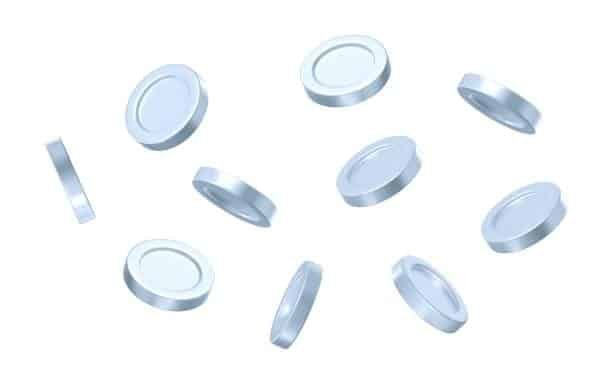
The useful TPE products play consistently important roles in how we live our daily lives.
TPE material demonstrates ideal features through its soft texture combined with durability and flexibility, making it eco friendly. , leading to questions such as ‘is tpe toxic?’
- Kitchen utensils (e.g., spatula grips, ladle handles)
- Toothbrushes and personal care tools
- Phone cases and cable protectors
- Children’s toys and baby bottle nipples
- Fitness gear such as resistance bands and yoga mats
TPE offers several advantages for these products through its elastomeric properties and thermal properties. , stress-resistant capacity and dual chemical resistance and comfortable grip properties.
TPE in the Medical Sector: Precision and Patient Safety
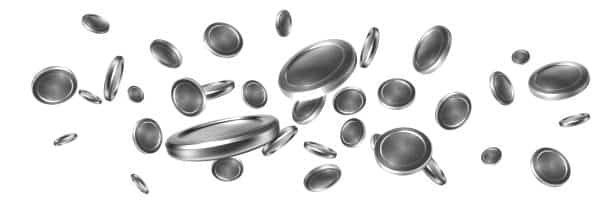
The medical field demands absolute safety together with sterile conditions. The material’s compatibility with autoclaving and gamma irradiation treatment processes makes it suitable for medical components such as:
- IV tubing and connectors
- Catheters
- Seals and gaskets for medical devices
- Drug delivery systems
The material’s hypoallergenic nature together with its non-leaching properties enables the system to prevent the release of dangerous compounds either to the body or to pharmaceutical compounds.
Because of its characteristics, TPE has established itself as the primary choice for building single-use and reusable medical products, particularly medical tpe, as opposed to polyvinyl chloride . , particularly due to its resistance to hormone disruption.
Environmental Impact: Is TPE Toxic?

From an environmental perspective, thermoplastic elastomers like TPE offer several notable advantages:
1. Recyclability
Thermoset rubbers and silicone cannot be recycled but TPE maintains the capability for recycling. These post-industrial wastes become raw materials after collection followed by a melting process for later reuse in new items, thus minimizing the need for landfill storage, especially in processes like blow molding, and reducing overall production costs.
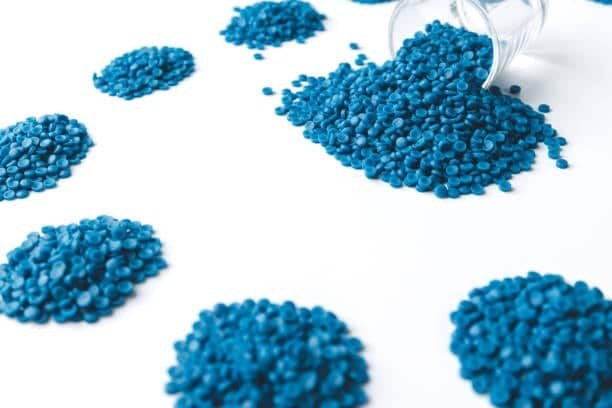
Manufacturers achieve two goals by recycling TPE waste: they decrease production expenses and foster a more environmentally friendly absolutely essential industrial system.
The production process follows global plastic pollution reduction goals and demonstrates corporate responsibility when choosing materials, particularly through high volume injection molding technique .
TPE presents a sustainable manufacturing solution because it outperforms non-recyclable alternatives such as thermoset rubbers and silicone for forwarding-thinking industrial practices.
2. Low Emissions During Production
The production and disposal of TPE generates no dioxins or persistent organic pollutants (POPs), while both PVC and particular types of rubber emit these substances.
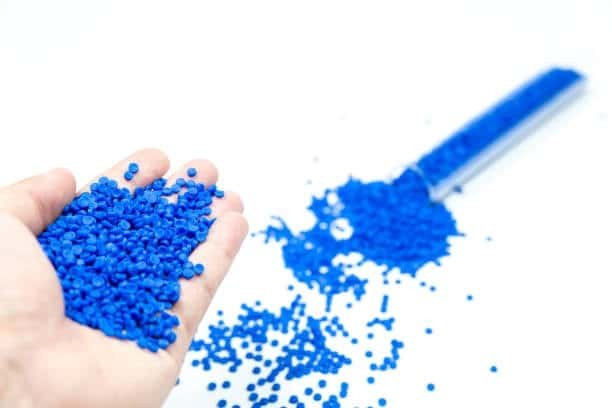
The essential difference in environmental friendliness makes TPE an improved and protected material choice for producers and product end-users.
A dioxin-free manufacturing process for TPE results in lower environmental pollution through all stages of product lifecycle thus minimizing the potential damage to soil, air and water elements, making it an eco friendly choice .
Production safety and ecological health after disposal are achieved through the use of TPE due to its environmentally responsible design. The environmental impact of PVC and particular rubbers includes the release of dangerous byproducts which eventually build up across the ecosystem creating enduring health hazards for wildlife and humans.
TPE’s minimal eco-hazardous characteristics make it an ideal sustainable product choice for businesses which seek low impact on the environment when creating their products.
3. Biodegradability: A Work in Progress
The development of biodegradable elastomers is progressing even though all TPEs are not biodegradable at present. Some versions of bio-based TPE have shown capabilities to decompose through industrial composting processes which points toward sustainable end goals.
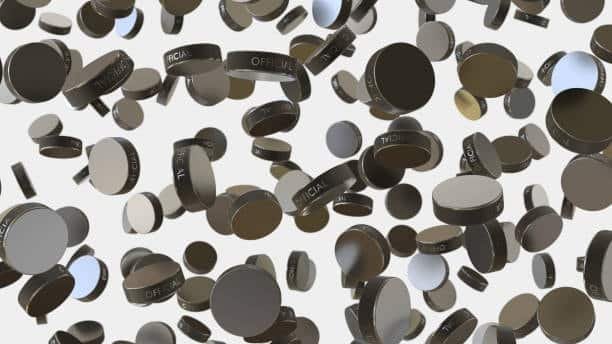
Biodegradable elastomers present a promising next-generation material that advances industry practices toward sustainable solutions by tackling the main problem of long-term plastic residue in the environment. Several renewable materials together with bio-based polymers show promise for TPEs although conventional TPEs remain non-biodegradable.
Innovative TPE variants transform under well-defined industrial composting environments which decreases the accumulation of plastic materials.
Ongoing research shows a path toward sustainable and high-performing materials that will support industries to switch their product materials towards environmentally friendly alternatives, reducing reliance on fossil fuels, while maintaining functional quality.
Safety in Children’s Products: A Trusted Choice
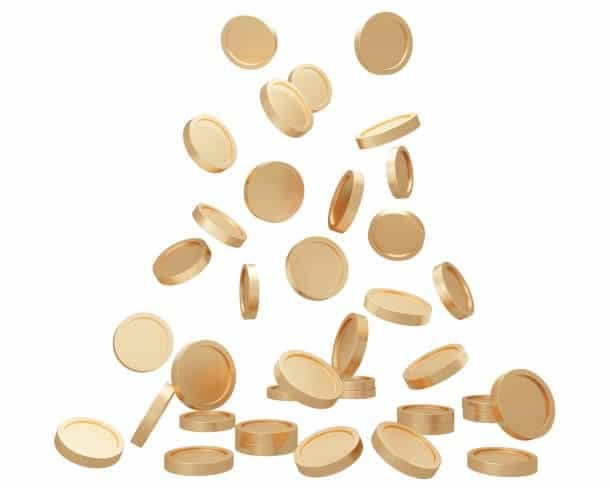
TPE satisfies manufacturers seeking a material with a soft touch that contains no irritants because it has become the primary choice for creating baby and toddler products including:
- Pacifiers
- Spoons and sippy cup lids
- Teething toys
- Bath accessories
Manufacturers must meet specific chemical limitations which focus on lead values as well as cadmium components and phthalates regulations. The choice of TPE-based products for children demands certification from reputable organizations including CPSC compliance or EN71-3 labeling.
Responsible Use and Consumer Guidelines
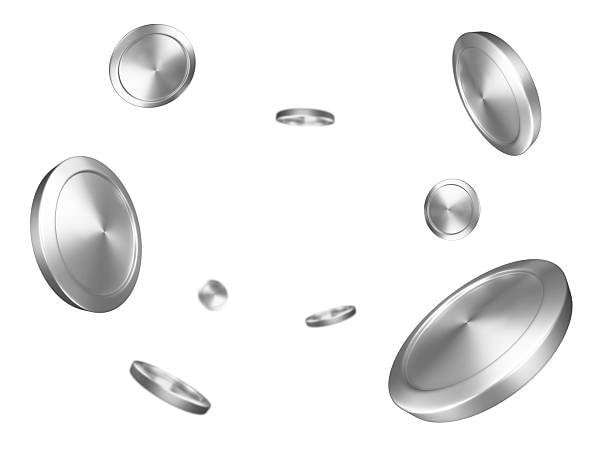
Proper use of TPE remains vital because this material offers excellent safety but needs careful handling.
- TPE products must only get exposed to high heat if they receive specific clearance from the manufacturer.
- TPE products should always avoid contact with ovens or microwaves along with open flames.
- Follow manufacturers’ instructions for cleaning up TPE items to minimize premature breakdown of material.
Organizations should recycle used TPE products when local recycling centers accept this material for reuse. Regular waste disposal is acceptable to get rid of these products since heated decomposition produces no detrimental substances.
Regulations That Govern TPE Safety
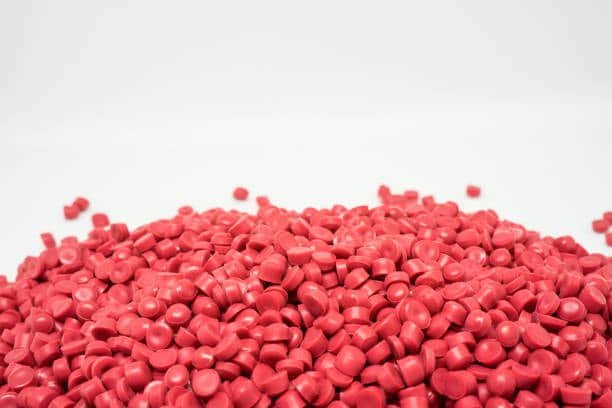
Several international organizations manage the safety checks for TPE products used in commercial settings:
- Food and medical materials are controlled by specific restrictions set by the U.S. Food and Drug Administration.
- ECHA operates as the entity which conducts chemical safety evaluations through REACH (Registration, Evaluation, Authorization, and Restriction of Chemicals).
- Product consistency along with durability and toxicity thresholds receive guidance from the standards established by ASTM and ISO.
Checks on product safety through technical regulations enable the market entry of TPE products and other fabricated products that pass strict standards.
Conclusion
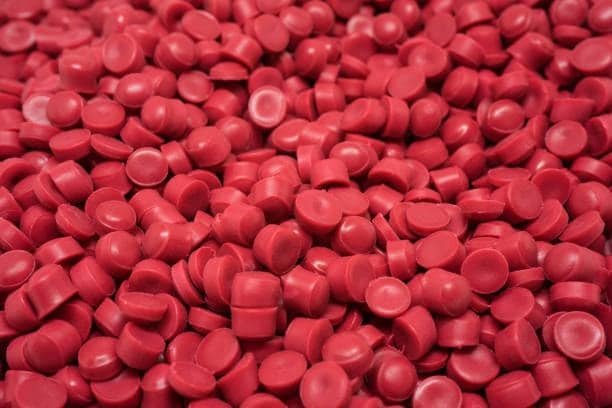
People who participate in manufacturing alongside designers as well as everyday consumers can benefit from TPE properties knowledge for selecting safe sustainable choices.
Modern life depends on thermoplastic elastomers since it can transform into various products including catheters along with kitchen tools, children’s toys, plastic bags, and even yoga mats.
TPE stands at the forefront of material science evolution since it provides excellent combination of durability and flexibility together with recyclability along with absolute safety.
Selecting TPE materials leads to investments in materials that combine health and environmental benefits without any deterioration of performance standards.
The properties of thermoplastic elastomers (TPE) enable people to choose materials wisely when selecting products while practicing sustainable living and sourcing materials.
Users discover protection in TPE while developing new products or purchasing safe toys because this material maintains hypoallergenic properties and chemical resistance together with no detection of BPA or phthalates, making it tpe safe for various application .
This material demonstrates flexibility because it serves automotive industry applications while also functioning in wearable product development making it practical for both production and casual applications.
The interest of the world in protecting the environment has created a growing market need for materials which perform well and align with green principles.
TPE meets all performance needs while supporting innovation to fulfill the requirements of the environmentally conscious consumer base, proving itself as one material that stands out, considering various environmental factors, as well as innovative manufacturers.
So, is TPE safe? Unquestionably, yes. The proper use and disposal of this material allows it to stay one of the most dependable resources we use every day.

